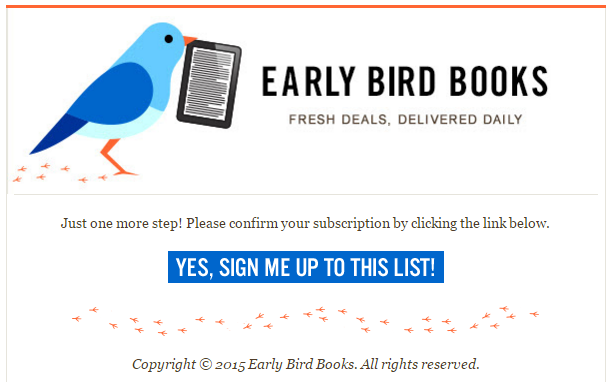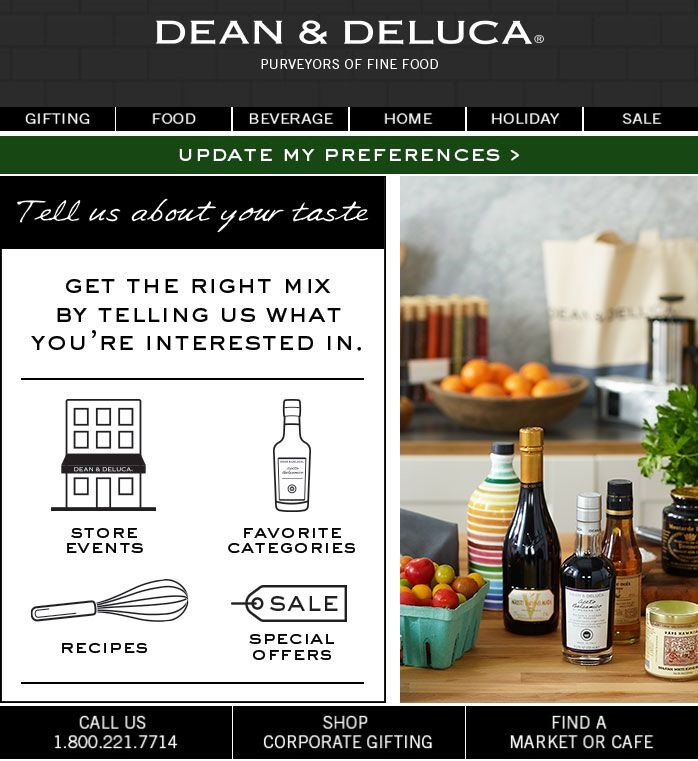Email deliverability best practices
Email deliverability is one of the core issues in email marketing. Conversions are impossible without your emails in the recipients' inboxes. You can claim that you have a permission to send emails, so why can't your emails get into the inbox? Permission does not guarantee deliverability.
We will not take into account emails in the spam folder and the reasons for them to get there. If you are interested in how to send emails without spamming, read our detailed guide.
Email deliverability depends on lots of factors and components, adhering to which your emails will find their recipients.
Basically, email deliverability success includes the following components:
- Email authentication
- Sender's reputation
- Mailing list quality
- Email content
Let's take a closer look at each of the components.
Email authentication
Configure SPF and DKIM
It informs ISPs that you are a trustful user and makes your emails deliver. Email authentication technologies focus on reducing spam.
There are some ways to make your email campaigns deliver. They are tested and will surely increase the number of your delivered emails.
There are 2 most used technologies of authentication:
1. Sender Policy Framework (SPF)
SPF is a must if you send high volumes of emails. This technology saves from receiving emails from spammers and phishers. If you do not have an SPF record, everyone can type your domain name in the "From" field and send from you. SPF record allows to specify which mail servers are allowed to send emails from a particular domain. The domain name must be registered in the Domain Name System (DNS).
Discover how to create an SPF record in SendPulse.
2. Domain Keys Identified Mail (DKIM)
This technology allows to vouch for emails sent. This way, a sender's domain is confirmed with the help of a cryptographic signature. An organization takes responsibility for the message. The decision to deliver an email or not is based on the reputation.
Find out how to configure DKIM for SendPulse SMTP.
Sender's reputation
Avoid blacklists and spam complaints
Email reputation plays an essential role if you send bulk emails since you should persuade the recipients' mail servers that you are a sender to trust. You can not build a trustful reputation in a short period of time.
Mind the following issues to build good sender's reputation:
Blacklists
Are you sure that your domain is not present on any blacklist? You may have never sent spam, but once your email could be irrelevant to the recipient and it got into this nasty folder. Regularly check whether your domain is blacklisted or not and do your best to be removed from the list. If you have good sender's reputation, you probably will not have problems with leaving the blacklist.
Learn how to check your domain in our article.
Spam complaints
You will always have spam complaints, but their number determines your reputation. Even if you have a small percent of emails marked as spam, there is a chance for you to be blacklisted. To reduce spam complaints, place a visible unsubscribe link into your email and, of course, send relevant content to your subscribers.
Dedicated IP address
Every bulk email sender has faced a dilemma — whether to send emails from a shared or dedicated IP address. As the domain's reputation means a lot for deliverability, it is quite reasonable to think over the necessity of a dedicated IP. If you send less than 100,000 emails annually, you probably do not need a dedicated IP. Sending from a shared IP address, your email deliverability depends both on your activities and on other people who use it. It means, that if they follow the best practices — it will influence you, but if they use poor methods — your email will fail to deliver. Still, SMTP providers regularly track the activities of all the users of every IP address to make sure they play fair and square. But, if you send mass emails regularly, you'd better get a dedicated IP. Thus, you will be the only domain using this particular IP. Hence, your sender's reputation depends utterly and completely on your activities. Do your best and your campaigns will be delivered.
Email sending volume
This issue is also known as an IP address warming up. It is important if you decide to use a dedicated IP address. Mind that you'd better send approximately the same volume of bulk emails regularly for your sender's activity not to seem suspicious. To warm up your IP address, remove all the unengaged and passive subscribers from your mailing list, divide your mailing list into several segments and send consistently.
Mailing list quality
Clean your mailing list and eliminate email bounces
People you are going to send to are as important as your reputation and authentication. Why? The primary role of email marketing is establishing relationships with the clients. It implies that you care about subscribers' interests and preferences as much as about their engagement. To keep your mailing list clean and subscribers involved, consider the following issues:
Unengaged subscribers
Regularly check your mailing list and email campaign statistics, if a user has not opened your emails for 6 months — send them a reactivation email with a special offer, if your email is still ignored — have the guts to remove these subscribers from the list.
You can manually block passive users in SendPulse.
Email Bounces
You have certainly dealt with email bounces when sending bulk emails. There are 2 types of bounces: soft and hard.
Soft bounces imply temporary delivery issues and their error code usually starts from 4. The reasons can include a full mailbox of the recipient, that's why an email cannot be delivered at the moment; a user's server is unavailable; the size of the email exceeds the limits of the recipient's inbox.
Hard bounces imply permanent delivery failure and the code starts from 5. These bounces are connected with invalid, non-existent and misspelt email addresses. Also, a bounce may be caused by the recipient's server that considers your email as spam.
Find out more SMTP errors codes with their description.
Monitor different types of bounces after sending an email campaign and take steps to eliminate them.
Spam traps
Spam traps are created to reveal sending spam. They can be email addresses abandoned by the users, pristine email addresses — never used by humans created to discover website scrapping. Spam traps are used by ISPs. The owners of these addresses never subscribe to any website, hence, if they receive an email — it is spam. Regularly check your mailing lists and use an email addresses validation tool to avoid being caught by a spam trap.
Email Content
Use double opt-in and allow subscribers to manage the preferences
Bad content surely will not prevent your emails from getting into the inbox. But you should mind several important issues when creating an email campaign:
-
A confirmation email

A confirmation email is sent if you use double opt-in subscription method.
Users have not only to give you their email address but confirm their desire to subscribe following the link from the email sent to their address. This is another chance to build a mailing list of engaged subscribers.
-
Visible unsubscribe link
Over time subscribers can lose their interest in your business and this is alright. What is important — give them an easy chance to unsubscribe, it's better than they click "mark as spam". In the 2nd case, your sender's reputation will suffer. Include a visible unsubscribe link into every email, make sure that subscribers do not have to log in to unsubscribe and that the process can be completed in one click.
-
Manage preferences
 Allow subscribers to manage preferences regarding email sending frequency and desirable content. You can give them this chance when sending a welcome email.
Allow subscribers to manage preferences regarding email sending frequency and desirable content. You can give them this chance when sending a welcome email. You can include a button to manage preferences into the footer of every your email. Then, create segments according to the preferences and send relevant content to the right people!
So, the most important issues have been considered.
Let’s recall the best practices
- Create an SPF record.
- Configure DKIM.
- Check your domain on the blacklists.
- Get a dedicated IP address if you send bulk emails.
- Place a visible unsubscribe link into every email.
- Send email campaigns consistently.
- Try to re-engage the passive subscribers.
- Eliminate email bounces.
- Check your mailing list for old addresses and spam traps regularly.
- Use double opt-in subscription method.
- Give your subscribers a chance to manage email content and frequency preferences.
- Segment your mailing lists.
These are the basic and already tested practices on email deliverability. Certainly, we do not claim this guide to be the only one to follow. Apply these methods and your email campaigns will deliver!
Last Updated: 29.09.2024

 Allow subscribers to manage preferences regarding email sending frequency and desirable content. You can give them this chance when sending a
Allow subscribers to manage preferences regarding email sending frequency and desirable content. You can give them this chance when sending a
or